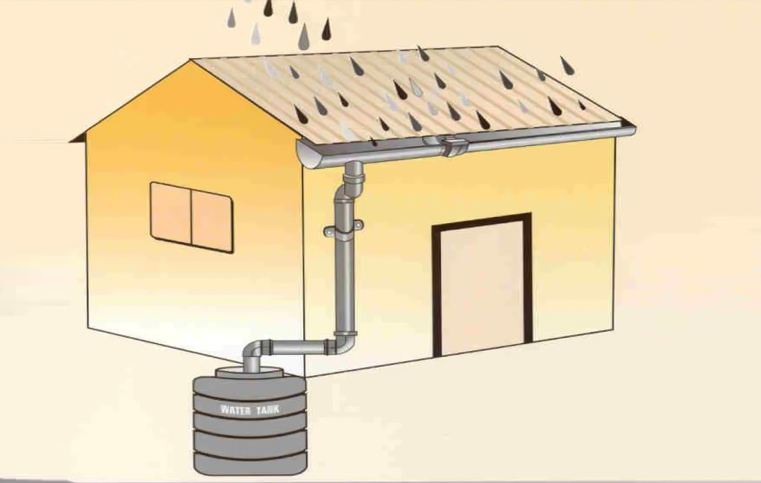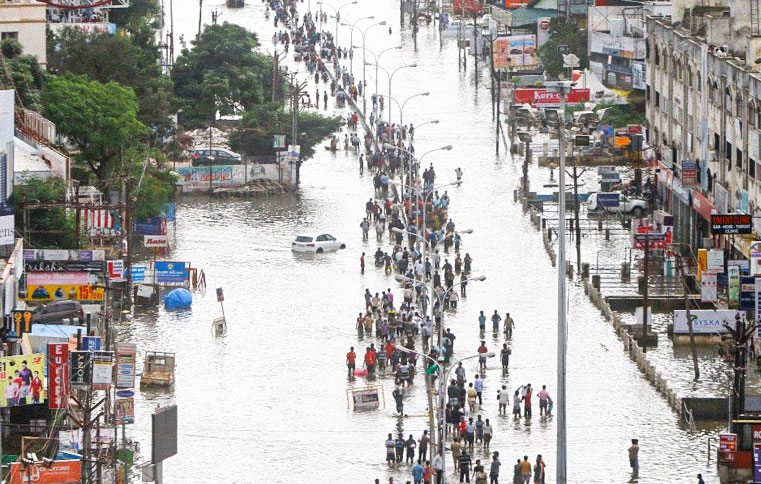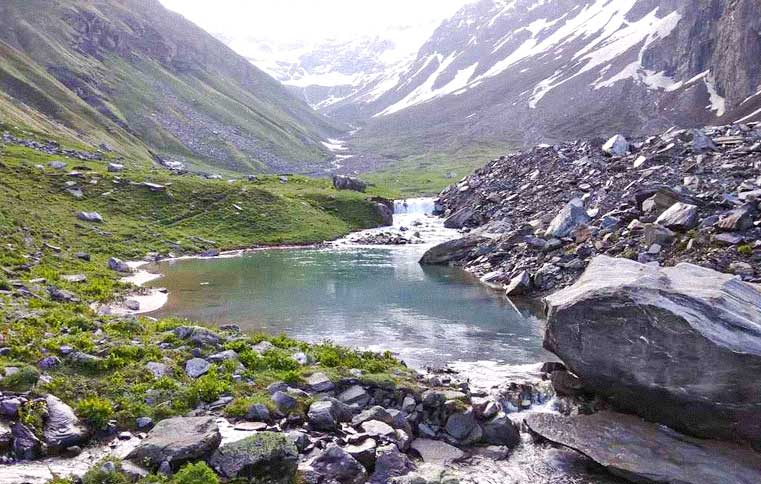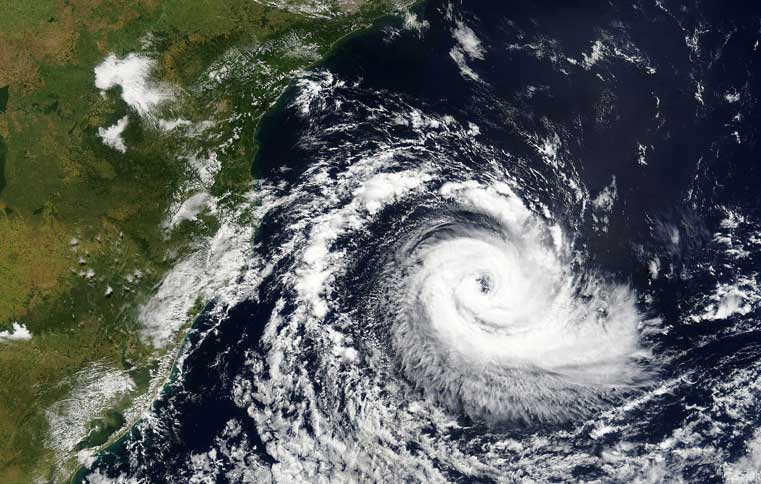Rainwater harvesting do's and don’ts
By: Ravina More | Date: 18th May 2020

In the present scenario management and distribution of water has become centralized. People depend on government system, which has resulted in disruption of community participation in water management and collapse of traditional water harvesting system.
As the water crisis continues to become severe, there is a dire need of reform in water management system and revival of traditional systems.
Scientific and technological studies needs to be carried out to assess present status so as to suggest suitable mitigative measures for the revival to traditional system/wisdom.
Revival process should necessarily be backed by people's initiative and active public participation.
Rainwater harvesting - Maintenance
There are monsoon showers expected in next few days. Provision of first rain separator should be made to flush off first rains.
Do's and Don’ts
Harvested rainwater is used for direct usage or for recharging aquifers. It is most important to ensure that the rainwater caught is free from pollutants. Following precautionary measures should be taken before monsoon:
1. Roof or terraces uses for harvesting should be clean, free from dust, algal plants etc.
2. Roof should not be painted since most paints contain toxic substances and may peel off.
3. Do not store chemicals, rusting iron, manure or detergent on the roof.
4. Nesting of birds on the roof should be prevented.
5. Terraces should not be used for toilets either by human beings or by pets.
6. Provide gratings at mouth of each drainpipe on terraces to trap leaves debris and floating materials.
7. Provision of first rain separator should be made to flush off first rains.
8. Do not use polluted water to recharge ground water.Ground water should only be recharged by filtered rainwater.
9. Before recharging, suitable arrangements of filtering should be provided.
10. Filter media should be cleaned before every monsoon season.
11. During rainy season, the whole system (roof catchment, pipes, screens, first flush, filters, tanks) should be checked before and after each rain and preferably cleaned after every dry period exceeding a month.
12. At the end of the dry season and just before the first shower of rain is anticipated, the storage tank should be scrubbed and flushed off all sediments and debris












